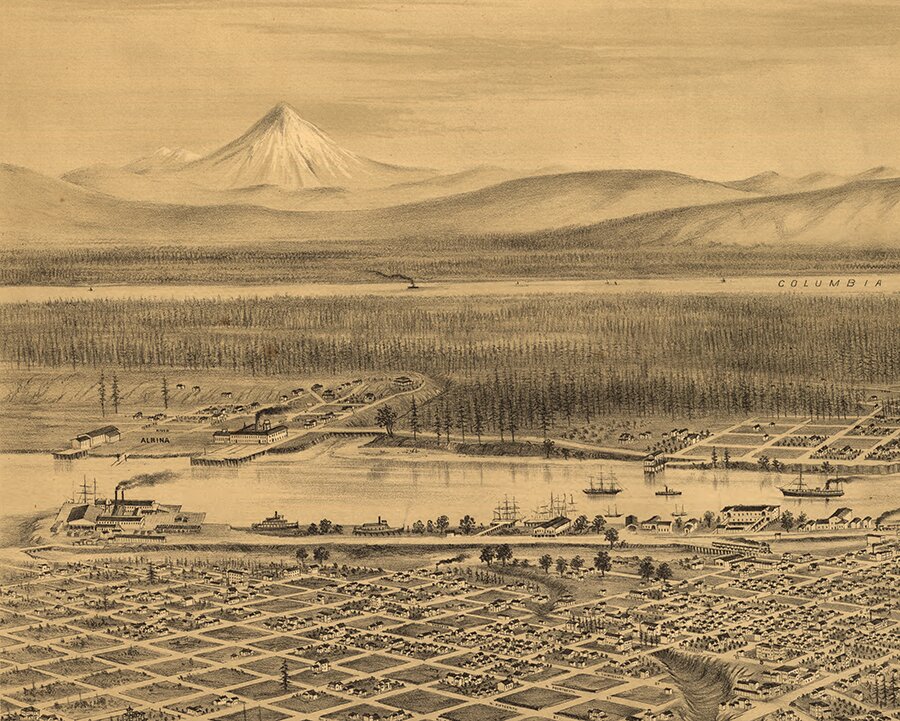Address
50 O'Connor St, Ottawa, ON K1P 6L2, Canada
Sun Life Financial Centre
Work Hours
Monday to Friday: 7AM - 7PM
Weekend: 10AM - 5PM

About a century before neighborhood associations even existed, Albina was incorporated as an independent city — separate from the neighboring cities of Portland and East Portland.
Albina’s earliest non-native residents were pioneers who claimed free land from the U.S. government and settled just north of today’s Rose Quarter. But it wasn’t until the 1880s that the city really took off.
That’s when the Oregon Railroad and Navigation Company started building a “Great Depot” in the area, creating thousands of jobs and turning Albina into the fast-growing city in Oregon.
The city accommodated that growth by expanding northward toward Killingsworth Street and and Columbia Boulevard, annexing the area that would later become known as “Upper Albina.”
The older part of the city — basically everything around the Rose Quarter and the Lloyd District — is what’s generally considered “Lower Albina.”
In 1891, residents in Portland, East Portland, and Albina voted overwhelmingly to come together as one city, Portland, with more than 60,000 residents.
Albina back then was primarily home to white pioneers — many of them European immigrants — who’d settled in Midwestern states like Nebraska before migrating west to Oregon.
But Portland’s racist policy of “exclusionary zoning” eventually made Albina one of the only places where black people could find housing, and it became the heart of Portland’s African-American community and one of the most multicultural areas in Oregon.
Portland didn’t get an official neighborhood system until 1974, when the city created the Office of Neighborhood Associations (now the Office of Civic and Community Life) following years of activism by residents who felt their needs were being ignored.
Neighborhood associations were (and still are) self-organized by local residents, and as historian Dr. Carl Abbott explains, they generally weren’t as “compact and tidy” as the informal neighborhoods that city officials drew up prior to 1974.
“The map…maintained by ONA is an untidy hodgepodge,” Abbott wrote. “Several associations claim overlapping territories and still other sections of the city have no active associations. The size of neighborhoods varies substantially. Neighborhoods sandwich major traffic streets and commercial nodes that constitute natural centers of activity. Only half of the neighborhood associations carry names from the 1966 map.”
Lower Albina never got a neighborhood association. Instead, neighbors in that area decided to organize into smaller clusters, like Boise, Eliot, and Lloyd.
We couldn’t find anyone who remembered exactly how those neighborhoods sprung into existence, but this blog post about Albina’s history suggests that school boundaries played a role in how they were named and drawn up.
Lower Albina might not be an official city neighborhood, but many locals still think of it as a distinct community with its own identity — even if much of that identity has been lost to gentrification and displacement.
Check out our video about the Albina Vision to learn more about a community-led plan to revive the area around the Rose Quarter, or take a peek at the rest of our series on Lower Albina for the full scoop on what we learned this month.